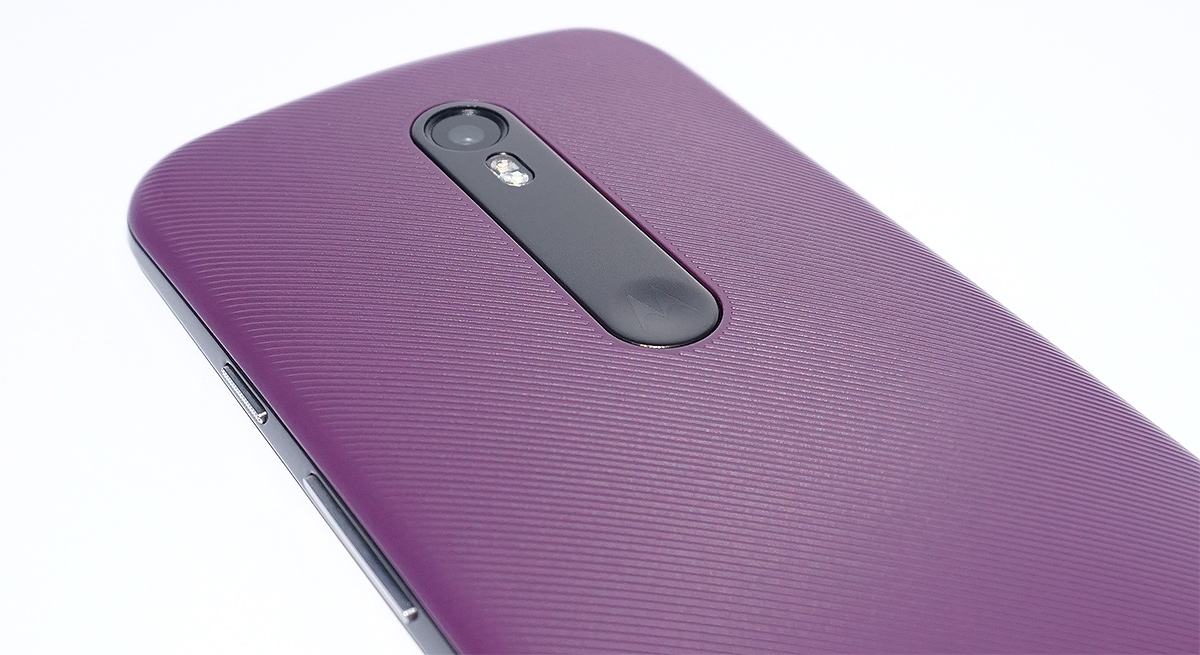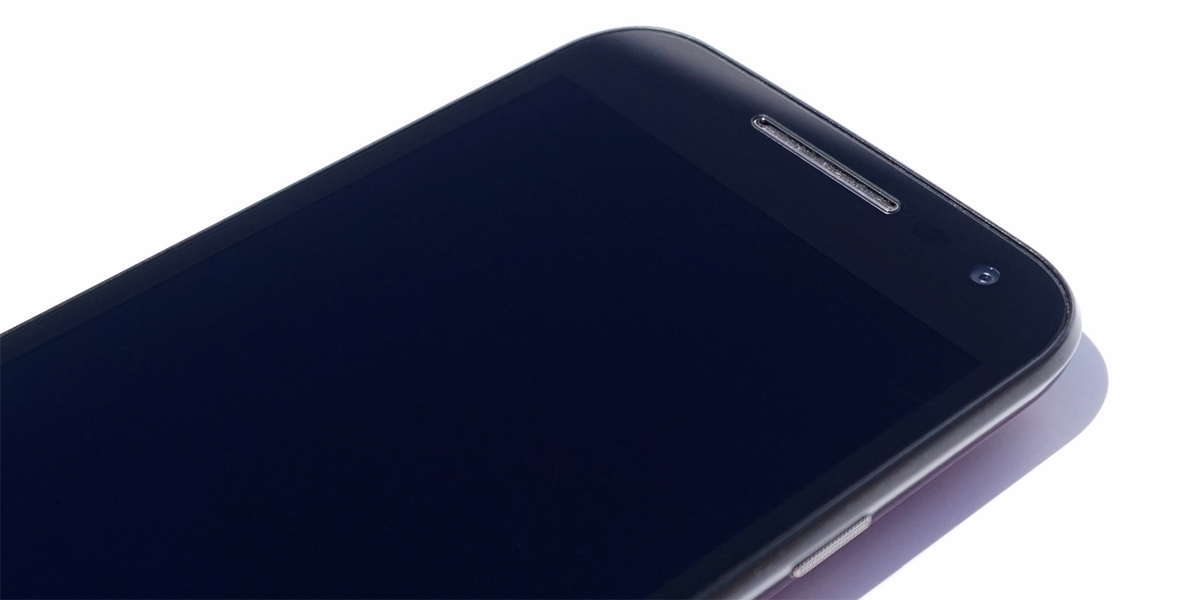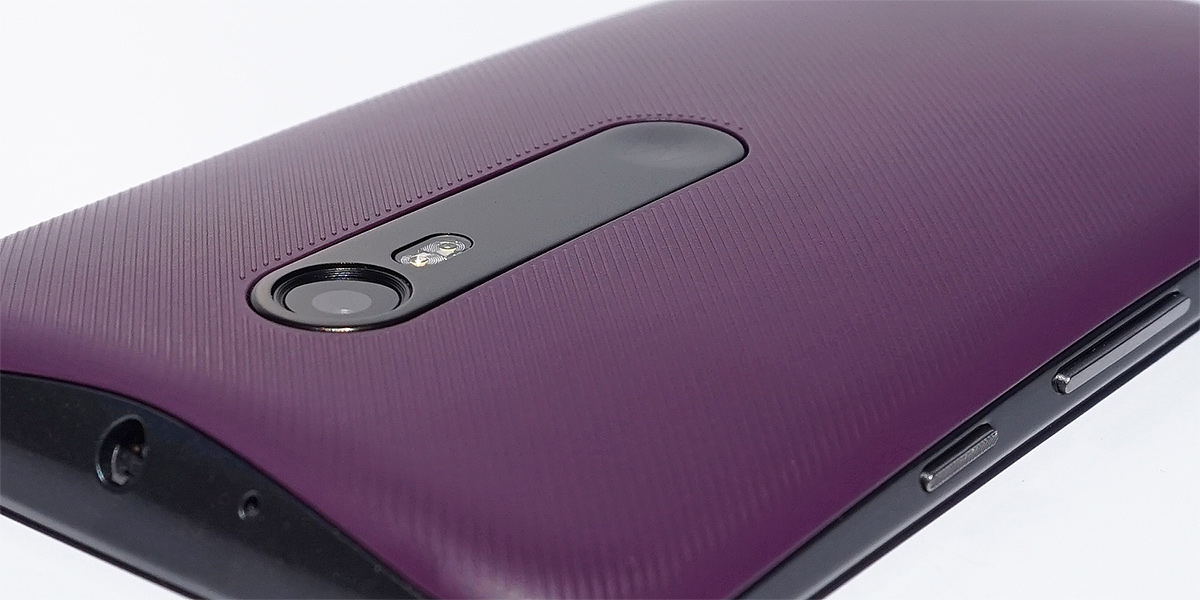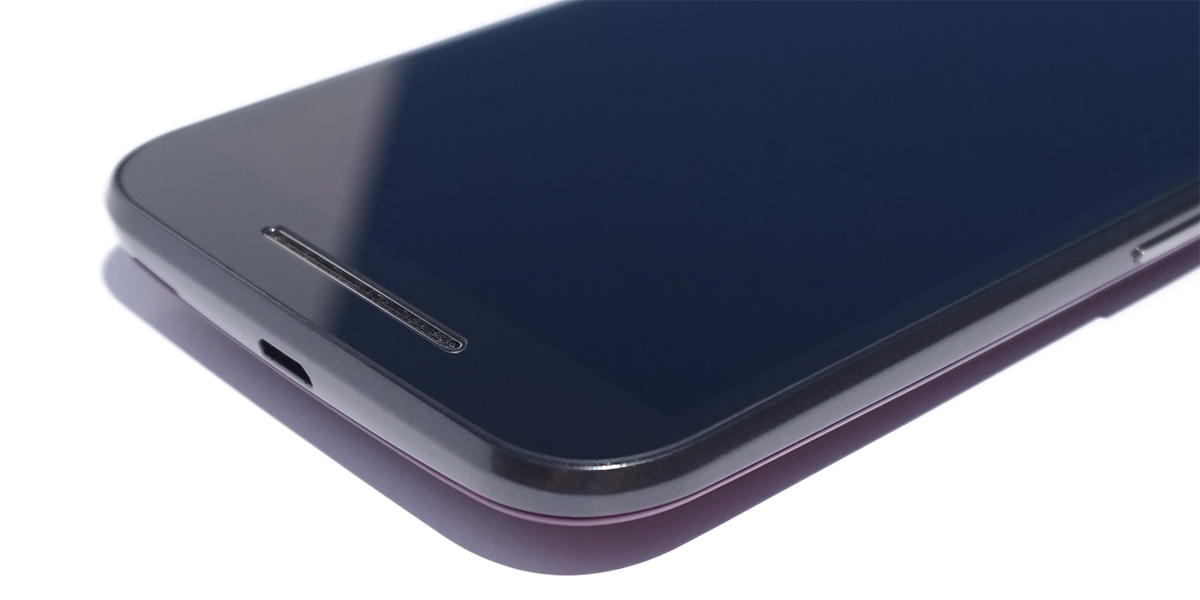Motorola Moto G (3rd gen) Review
Why you can trust Tom's Hardware
Conclusion
When Motorola launched the first Moto G, it struck a chord with people who did not want to pay $600 or more for a smartphone but needed a basic phone that “just worked.” Now in its third generation, the Moto G has evolved, overcoming many of its earlier shortcomings.
The upgrade to Qualcomm’s Snapdragon 410 SoC brings a 4G LTE modem and a significant boost to system performance. The user interface is more responsive, web pages load quicker and scroll more smoothly, and overall lag is reduced. More memory bandwidth and faster internal storage also help apps launch quicker and help the Moto G feel more mid-range than entry-level. This is especially true if you spend the extra $40 to get the model with 2GB of RAM and 16GB of internal storage.
While overall system performance improves, graphics performance takes a small step backwards. The Moto G (3rd gen) is about 10% slower when playing games compared to the previous generation, whose performance was hardly stellar. Most casual games and 2D scrollers should play smoothly, but more intense 3D titles, while mostly playable, will experience some stutters and possibly be missing some graphical features.
One area where the Moto G (3rd gen) really shines is battery life. It’s relatively large 2470mAh battery, 400mAh bigger than the previous Moto G, makes it one of the longest-lasting phones we’ve tested while running a moderate workload. In normal use, we were getting anywhere from one to three days of battery life depending on how frequently we turned it on and how bright the screen was.
Speaking of the screen, Motorola continues to place an emphasis on display calibration, improving on the previous generation and giving the Moto G what's likely the most accurate display of any mid-range phone. Color accuracy is better than on some of the flagship phones we've tested. Screen brightness and viewing angles are also good, but one flaw tarnishes an otherwise good display: a hazy coating reduces sharpness and vibrancy.
The Moto G’s new rear camera is capable of shooting some nice photos, especially in bright light or when using its flash. In these conditions, image noise remains low but noise reduction processing smears away fine detail. Its color accuracy is generally good, but there’s a tendency for photos to appear a little too yellow. The Moto G’s HDR mode presents a similar story: It produces some nice results, although its results can look a bit less natural than other cameras. With less light available, the Moto G’s camera performs on par with other 13 MP shooters.
All of this hardware is wrapped in a simple but attractive package. The third-generation Moto G keeps to the design language used by Motorola on previous phones, but gets an updated removable rear cover with a pattern of ridges, making the phone easy to grip. There's also a new metal accent strip surrounding the rear camera. What really sets the Moto G and other Moto phones apart from the crowd, however, is the ability to customize the appearance through Motorola's Moto Maker website. Combining different colors for the front, back, and rear accent strip is a fun way to custom order a phone that satisfies your personal taste.
Get Tom's Hardware's best news and in-depth reviews, straight to your inbox.
The Moto G runs 32-bit Android Lollipop as it comes from Google, providing a clean and uncluttered experience that’s free of the typical OEM and carrier bloatware. Motorola does replace the stock Android Camera app with its own simplified version and adds its Moto app for controlling the few features it adds such as gesture-based controls for quickly opening the camera or turning on the flashlight and Moto Display, a different spin on Android’s Ambient Display feature. The only downside is that stock Android is missing a few capabilities most OEM skins add, including customization options. You’ll need to be comfortable installing third-party solutions if you want more control over how the operating system looks and works.
The well-calibrated display, quality internal components, good cameras, solid build quality, and uncluttered software experience give the Moto G a polished feel many phones in this price range lack. Combining this with a relatively large battery that lasted longer than nearly every phone we’ve ever tested, makes Motorola’s latest mid-range phone a compelling choice.
Lucian Armasu is a Contributing Writer for Tom's Hardware, covering News. Follow him on Twitter, Facebook and Google+.
Matt Humrick is a Staff Editor at Tom's Hardware, covering Smartphones and Tablets. Follow him on Twitter.
Follow Tom's Hardware on Twitter, Facebook and Google+.
Lucian Armasu is a Contributing Writer for Tom's Hardware US. He covers software news and the issues surrounding privacy and security.
-
MasterWandu Just got the 16GB phone. Best value for money phone I have ever owned. Cannot believe the quality / specs at the price point. It's about as quick / specc'ed as my Nexus 4 that it replaces, but it trumps the Nexus 4 with it's expandable memory and 4G/LTE capabilities. Couldn't recommend it more!Reply -
gangrel I don't game on my phone, so that's never been an issue for me. I do note that app install speeds are very good; download speed I can't really say, as I do all of that on wifi, not cell. I'm quite happy with it.Reply -
Glock24 Why is the ZenFone 2 listed in the specs / comparison table , but not on benchmarks? It's $20 cheaper than the Moto G 16GB/2GBReply -
MattBoothDev Only issue is it released a couple of months ago, but isn't getting Marshmallow. Bit poor, that.Reply -
RCFProd Reply16943558 said:Only issue is it released a couple of months ago, but isn't getting Marshmallow. Bit poor, that.
it is getting Marshmallow no?
http://www.androidstandard.com/android-m-will-hit-moto-g-3rd-gen-and-2nd-gen-in-this-fall/ -
ZolaIII Not impressed. There are similar spec Chinese phone's with more than 2x lower price like for instance Elephane Trunk. I know it's weird Elephone made a decent phone but strange things happen. As much as Motorola got a developer community and long suport it's not worth 2+x.Reply -
MobileEditor ReplyWhy is the ZenFone 2 listed in the specs / comparison table , but not on benchmarks? It's $20 cheaper than the Moto G 16GB/2GB
There are two different versions of the ZenFone 2 (well more if you count the special editions). The less expensive version is shown in the spec table since it's closer in price to the Moto G. We only tested the more expensive version with a faster SoC, so that's why it's not in the benchmark charts. Plus, we already included the more expensive/faster Z8 as the upper bound in the charts. I figured this was more relevant, since it has a more common SoC configuration.
- Matt Humrick, Mobile Editor, Tom's Hardware



